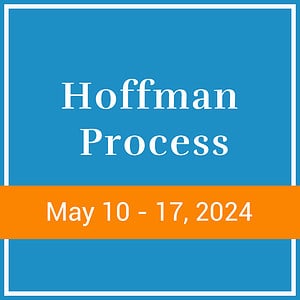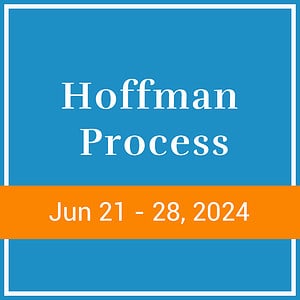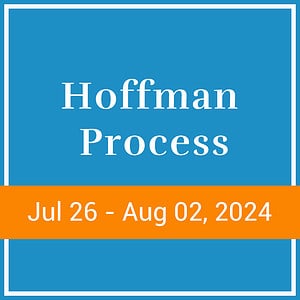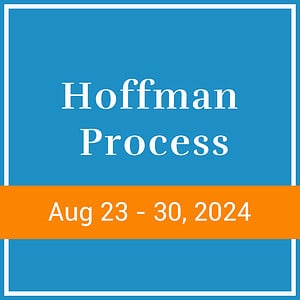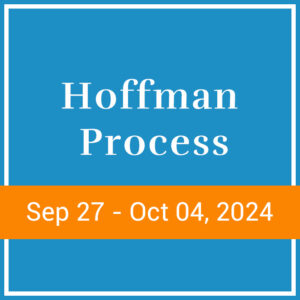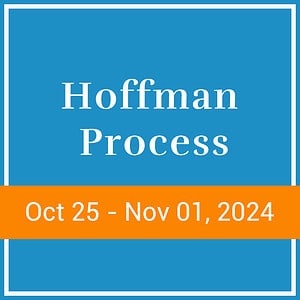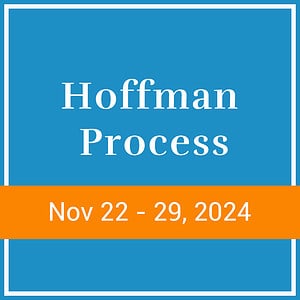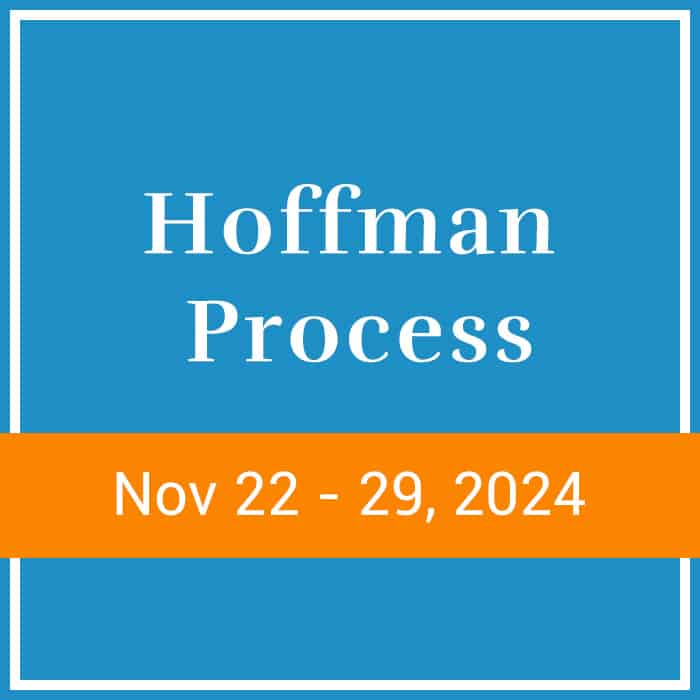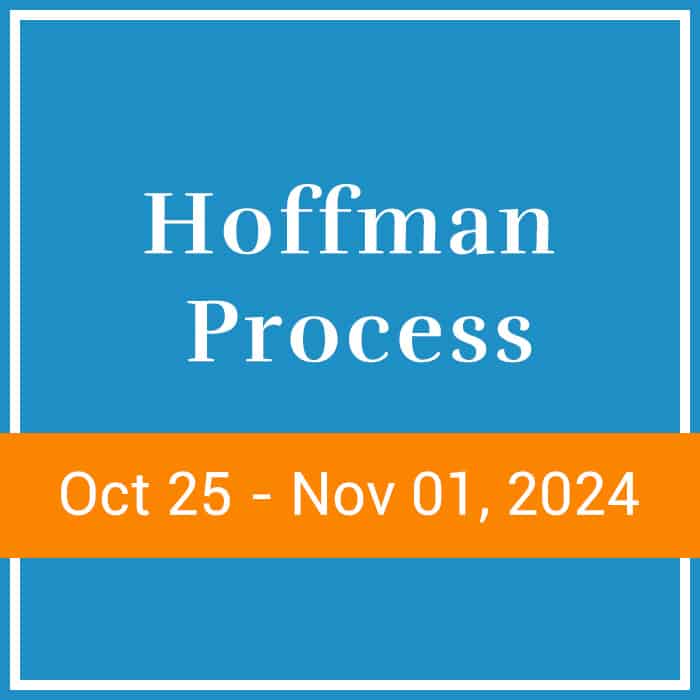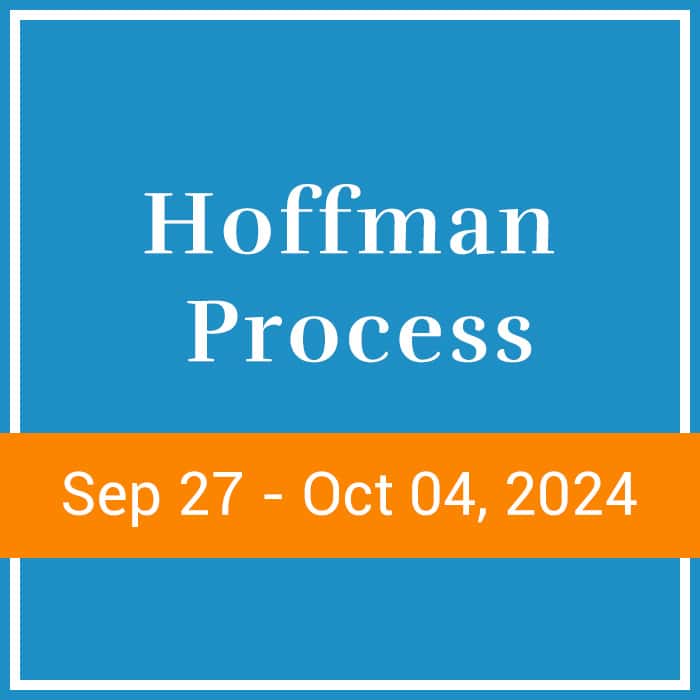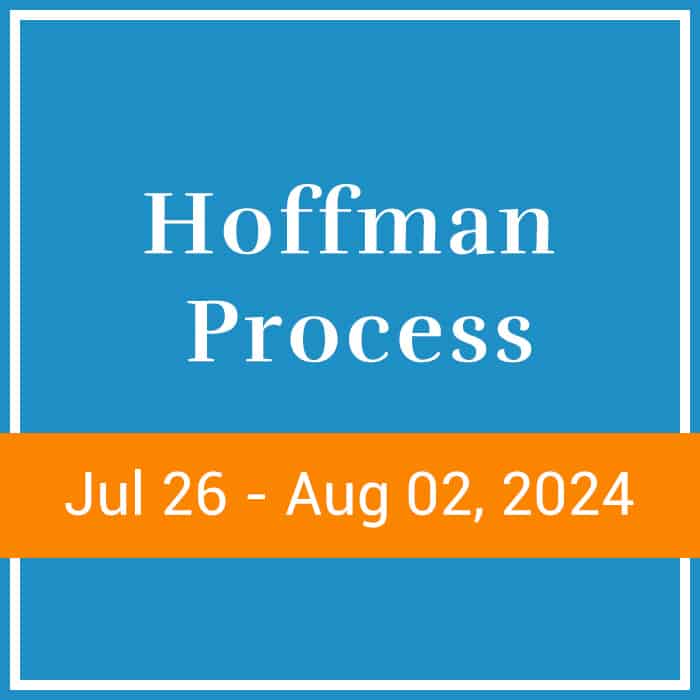Transforming Lives Across the Globe
Over 150,000 people in 14 countries have experienced greater joy, emotional freedom, and love.
Founded in 1967 by Bob Hoffman, the Hoffman Process is a 7-day residential retreat that helps participants to identify negative patterns and behaviours developed unconsciously in childhood. The Hoffman Process provides a safe and supportive environment in which you can confront and experience your childhood pain, resentment, and anger, transforming you to a deeper understanding of compassion and forgiveness. By working on an emotional, intellectual, physical, and spiritual level the Hoffman Process assists you to respond to life situations from a place of conscious choice.
During the Hoffman Process, you are led through a carefully structured sequence of powerful experiences that enable you to discover, isolate and resolve negative conditioning and recover your natural self-confidence and self-esteem. The Hoffman Process combines proven techniques, including guided visualisations, journaling, and expressive work.
Beneath the surface of human negativity there is a perfect diamond, the essence of the real you. By removing the encrusted dirt from the diamond, the real loving self can be set free. This is our essence, our true spiritual, perfect self
Bob Hoffman (1921-1997)
Negative Love is intergenerational pain that is passed down from one generation to the next. Everyone is guilty and no one is to blame.
Bob Hoffman
The Hoffman Process is based on the concept of Bob Hoffman’s Negative Love Syndrome
The Hoffman Process is based on the principle that the persistent negative behaviours and attitudes we experience as adults are connected to the experiences and conditioning of childhood. Our early upbringing profoundly affects our lives, shaping our self-belief, attitudes, moods, and behaviour. As a result of this childhood conditioning, we adapt to our environment by developing survival strategies and ways of being, both good and bad. When our adaptive behaviours still don’t result in the love we want and need, we consciously or unconsciously blame ourselves and others.
The Hoffman Process teaches us how to release and resolve the persistent negative feelings of being unloved and unlovable. The Hoffman Process supports participants to identify the major limiting patterns in their life, trace the root cause of the adopted belief or behaviour, and releasing feelings of pain, grief, anger, shame, and resentment. Until this original pain from childhood is resolved, it continues to dominate our adult lives through thoughts, emotions, and actions, whether we are aware of it or not.
To heal and transform these limiting patterns, the Hoffman Process seeks to bring about a powerful realignment and integration of what Bob Hoffman describes as the four fundamental dimensions of our being – the Quadrinity of intellect, emotions, body, and spirit. The Hoffman Process aims to help you reach forgiveness and acceptance for yourself and others. This unlocks a deep sense of authenticity, leading to a more compassionate approach to personal relationships and family life.
The Scientific Foundations of the Hoffman Process
We believe scientific research is essential in accounting for the benefits offered to the public by the Hoffman Process. Therefore, we consistently use research findings to strengthen and extend the value of our approach to helping people change limiting patterns in their lifestyles.
Please click on the below link to read research articles and studies that highlight the transformational and lasting results of the Hoffman Process.
This is the only personal development retreat in the world to be independently backed by research. Learn what the Hoffman Process is, who takes it, how it works and how it can help people becomes their best selves regardless of their history.
Volker Krohn
Director of Hoffman Institute International and Hoffman Centre Australia/ Singapore
What Our Graduates Say
Over the past 50+ years, thousands of people from all walks of life have benefited from the Hoffman Process. We receive ongoing referrals from therapists, counsellors, and other healthcare professionals.



Upcoming Hoffman Processes
Tuition Support Available
Book a Free Consultation
Take advantage of our free consultation and speak with one of our consultants.
Free Self Assessment
Find out in 5 minutes if the Hoffman Process is right for you.

